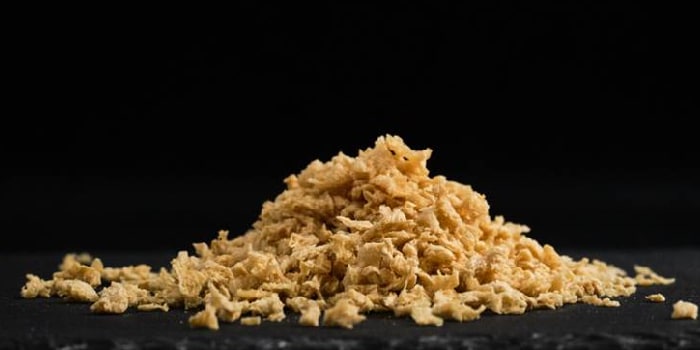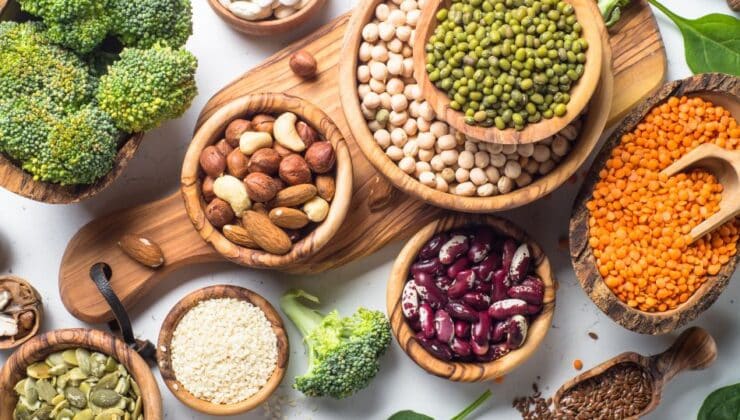The use of soya-free vegetable protein offers multiple advantages for the food sector, which will benefit consumers by strengthening them, but in order to understand the process that has brought us to this point, it is necessary to remember how it all began.
And, in the beginning, it was soya.
The food sector was first hit by modernity and innovation in the field of vegetable protein when soya arrived in the West from the East, largely thanks to migrants who brought their gastronomic customs with them.
Simply, from the plant to the table, preferably converted into sauce.
However, it did not stop there.
The varied and surprising properties attributed to soya protein were consolidated in the food industry in the early 1960s, when, by virtue of experience and observation, excellent properties were attributed to it, for both adult and infant nutrition.
The years went by and experience in research and innovation grew and improved to meet the nutritional needs of the traditional population in general, and, of that other growing segment that was beginning to demand a diet in which animal protein was rapidly losing ground until it almost disappeared completely.
As always, the food industry took notice and began to investigate the food uses of the vegetable protein of the star crop of the moment, soya.
And that was some seventy years ago.
Its high nutritional value made soya a star full of promise, benefits, and possibilities… and expectations were far exceeded. It was all advantages, soya became an emblem and a synonym for healthy living, entering a new phase for the industry, that of functional foods, which arrived, convinced, and won.
We are therefore not talking about a virgin sector in this area, quite the contrary.
Soya is already an old acquaintance in R&D in the food industry, a long coexistence that has clearly defined this legume of high nutritional value which, at the time, broke the most consolidated conventions by showing that another way of eating, outside the traditional diet, was possible.
Soya is the queen that has continued to lead the way in alternative nutrition with plant protein-based foods in a society with an exceptionally growing number of vegetarians, vegans and flexitarians (according to a study by Health Focus International, more than 50 percent of consumers have made changes to their diets to include more plant protein-based products).
Of course, as the years go by, research from experience multiplies, kingdoms grow, and a queen is not enough. The search for a vegetable protein, for example, was born, to renew the market offer but also to enrich it, to provoke the curiosity of a society that demands another way of nourishing itself and is open to new experiences.

The indicators showed that the perfect storm was nearby.
What was missing in a climate of growing demand and research into new alternatives to bring about change?
What was needed for the perfect storm to break out?
Precisely what was missing was the entry into the market of another vegetable protein, a protein called upon, this time, to change the way we feed ourselves, to be the paradigm of healthy and sustainable food in the future.
We are referring, of course, to pea protein, the Pésol Pea that Molendum Ingredients produces so that each company’s R&D&I department can investigate its potential and manufacture its own products with an allergen-free base, sustainable and with no possible risks of hormonal interaction.
The vegetable pea protein has not arrived to make soya history, it is just that the story, from now on, will be very different and much more interesting for everyone.





